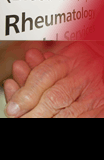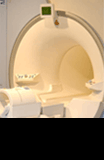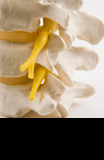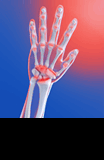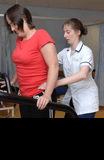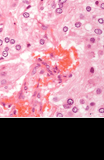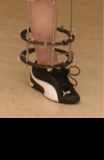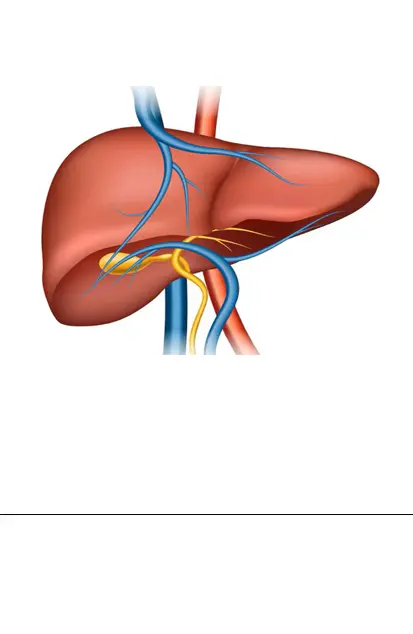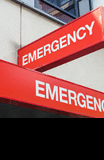If you are an OUH staff member and you need further information, please speak to your line manager or email staffquestions@ouh.nhs.uk.
Risk assessments
All vulnerable staff must have a COVID-19 Individual Risk Assessment completed - please use the updated form on the Occupational Health intranet site.
Vulnerable staff include:
- all staff who may be considered at increased risk from COVID-19 complications (see Government guidance)
- staff whose immune system means they are at higher risk despite vaccination (see Independent Advisory Group guidance)
- pregnant staff
- unvaccinated staff
If concerns remain about a staff member's work arrangements on completion of the risk assessment for vulnerable staff, please use the same form to request additional Occupational Health advice.
Your local HR team can provide you with general advice about risk assessments and should be your first port of call.
Pregnancy
Managers should undertake a risk assessment for all pregnant staff using the COVID-19 Individual Risk Assessment form (available on the Occupational Health intranet).
The guidance below needs to be used in conjunction with the COVID-19 Individual Risk Assessment form.
We advise the following.
Pregnant women should not be exposed to suspected or confirmed infectious COVID-19 or other infectious respiratory cases.
Pregnant women must have a robust risk assessment completed for any type of direct patient care.
All options for redeployment to non-patient facing work should be explored. It they are in an essential clinical role or their clinical work is deemed essential for wellbeing purposes, they may remain in their clinical role during pregnancy but with increased control measures e.g.:
- increased personal protection equipment (fit tested FFP3 mask)
- stringent infection prevention and control measures
- remote working for non-patient facing duties.
Pregnant women are considered at higher risk if:
- unvaccinated
- over 35 years old
- of Black, Asian or other ethnic minority background
- with a BMI over 25 kg/m
- with pre-existing health conditions such as hypertension or diabetes.
Those at higher risk are advised to avoid patient-facing roles and work remotely wherever practicable to do so.
Pregnant women over 28 weeks' gestation age or with significant health risks at any gestation age (as advised by their antenatal team) should:
- explore all options for working remotely
- avoid any patient facing work wherever practicable
- have a robust risk assessment completed for any direct patient facing work if working from home is not practicable.














